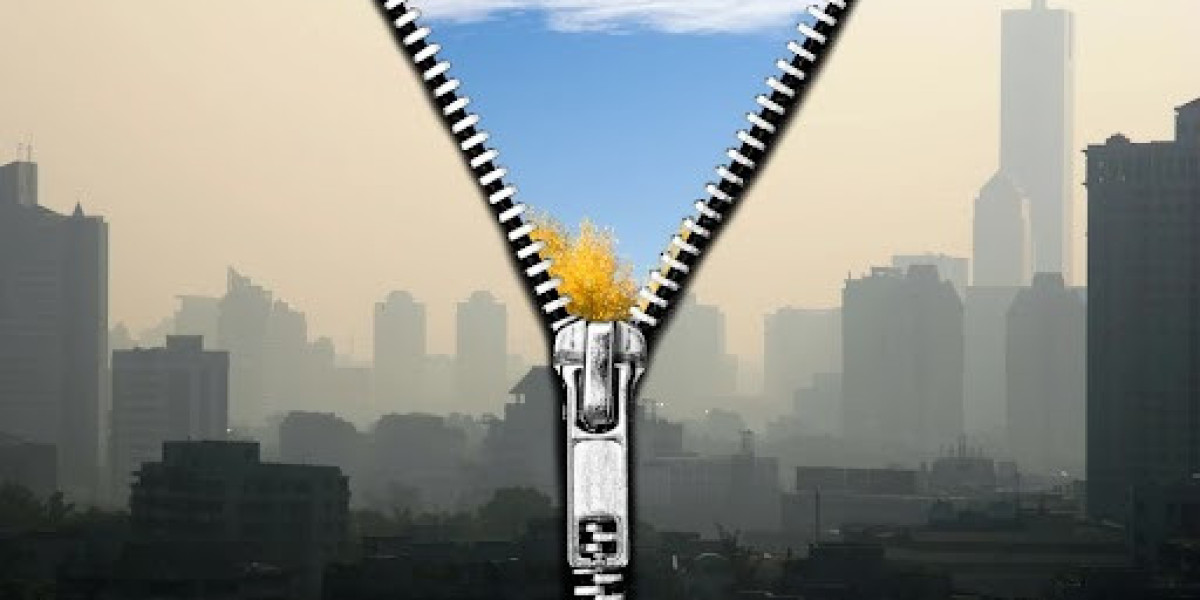How Dry Pipe Sprinkler Systems Operate
Defined by the NFPA 13 standard, a dry pipe sprinkler system consists of automatic sprinklers linked to a network of pipes filled with pressurized air or nitrogen instead of water. A specialized valve, known as a dry pipe valve, retains the water using this pressure. When a fire activates one or more sprinkler heads, the resulting decrease in pressure triggers the valve to open, thus allowing water to flow into the piping system. In contrast, wet pipe systems are constantly filled with water, which is immediately released when a sprinkler head is activated.
Key Features and Considerations for Dry Pipe Systems
- Valve Operation: The dry pipe valve, which holds back the water using air pressure, opens when the system's pressure dips to 6 psi. This contrasts with the typical pressure of 40 psi maintained on the system side to keep the valve closed.
- Delay in Water Delivery: Since the pipes are initially devoid of water, there can be a delay of up to 60 seconds for water to travel from the valve to the sprinkler heads. This can allow fires to spread slightly more before being extinguished.
- Temperature Sensitivity: It's crucial to install the dry pipe valve and related components in areas where temperatures remain above the freezing point to prevent ice formation, which could obstruct water flow.
- Alarm Features: An alarm line connected to the valve assembly activates upon the opening of the valve, signaling that the system is in operation.
Applications Suitable for Dry Pipe Systems
Dry pipe systems are particularly beneficial in environments susceptible to freezing temperatures, as outlined in the NFPA 13 standard. Common applications include:
- Unheated warehouses
- Exposed parking garages
- Loading docks
- Commercial freezers
- Unconditioned attics
- Water-sensitive storage areas
Pros and Cons of Dry Pipe Sprinkler Systems
Advantages:
- Suitable for environments at risk of freezing
- Reduced pipe corrosion due to the absence of standing water
- Decreased likelihood of water damage to sensitive materials stored in protected areas
Disadvantages:
- More complex and thus expensive to install and maintain
- Longer response time to fire due to the need to fill the pipes with water
- Limited system capacity of no more than 750 gallons, constraining expandability
Maintenance and Testing
Regular testing and maintenance are critical for ensuring that dry pipe systems function correctly during a fire emergency. This includes testing low pressure and flow switches and ensuring all system components such as air dryers and accelerators are functioning correctly.
Conclusion
While dry pipe sprinkler systems are associated with higher initial costs and more complex maintenance requirements, they provide essential fire protection in environments where wet pipe systems would fail due to freezing conditions. Complying with NFPA standards, these systems form a vital part of the fire safety strategies for buildings in colder climates, helping to mitigate the risk of fire-related damages and ensure the safety of occupants and property alike.
